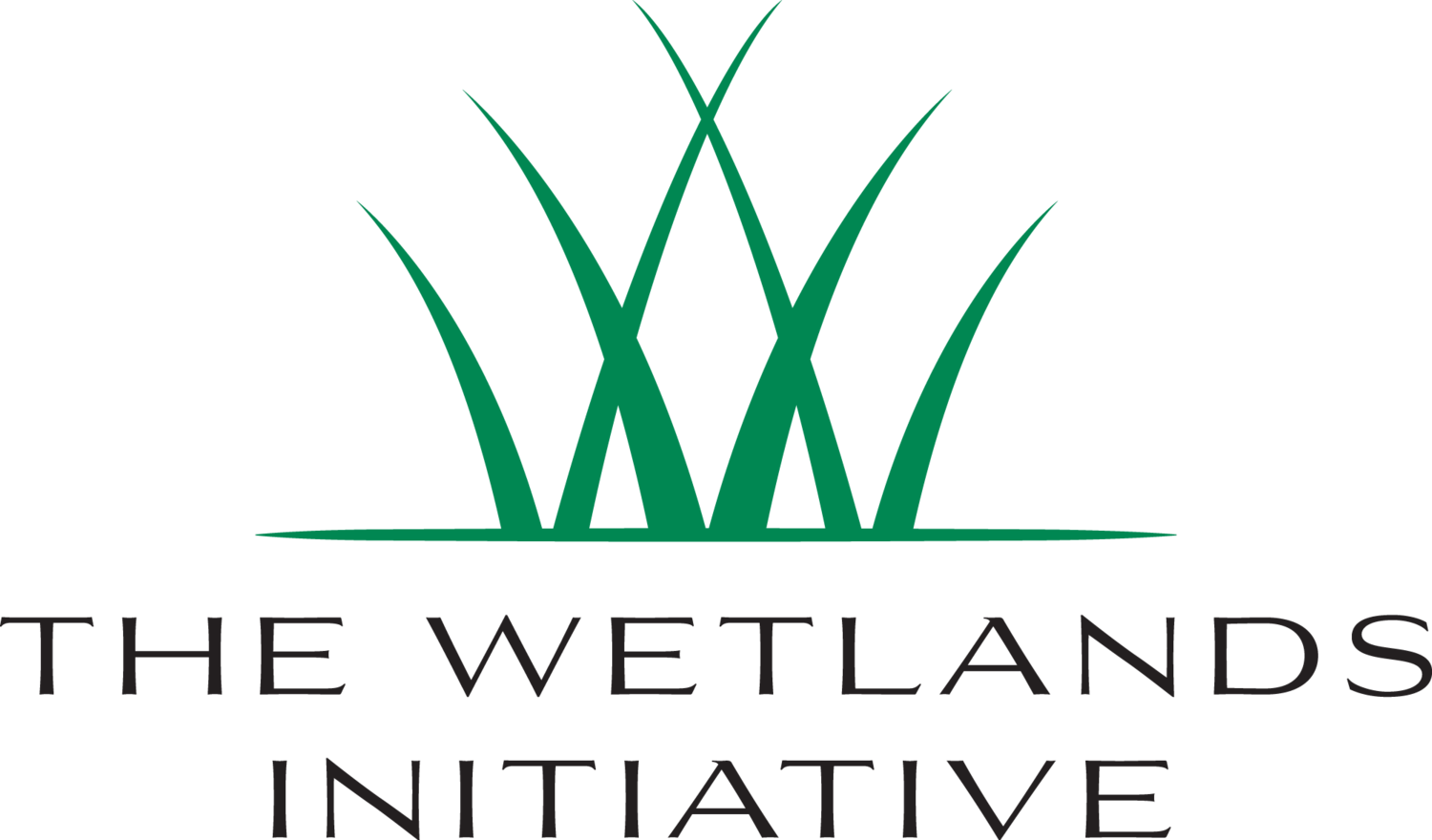Spring ephemerals (bluebells and Dutchman's breeches) blooming in the wooded area at the Dixon Waterfowl Refuge are interspersed with invasive garlic mustard (the lighter-green leaves).
How do you know the spring has arrived? One—the heavy coats and gloves are put away; two—you notice the first, brave flowers beginning to bloom. Many of these flowers are called spring ephemerals due to their short life cycle, lasting between 6-8 weeks. At this time of year at the Dixon Waterfowl Refuge, the Dore Seep is blooming with bluebells, Dutchman's breeches, trilliums, and...invasive garlic mustard.
Garlic mustard is an aggressive invasive plant that takes over many woodland or shaded areas and smothers the native flora by outcompeting them for sunlight, moisture, and nutrients—resources vital for the survival of the beautiful spring sentinels.
Garlic mustard is a biannual plant, meaning it lives and completes its life cycle in two years. The first year, the heart-shaped leaves grow in a rosette and stay green throughout winter. The following spring, the plant produces small white flowers and then thin green seedpods at the top of a stalk. The leaves, when crushed, give off a slight garlic odor that helps with confirming correct identification.
One very effective but laborious way to control garlic mustard is by hand pulling it. If the plant is pulled before flowers are produced, it can be left on-site. However, once flowers are produced and might have developed seed, it is important to bag the plants and take them to a place where upon drying they can be burned.
The Wetlands Initiative is actively pursuing control of garlic mustard in the rare seep and wooded bluff areas of the Dixon Waterfowl Refuge. We host an annual volunteer garlic mustard pull in April/early May.
To read more about other garlic mustard initiatives, you can watch a short video here.
